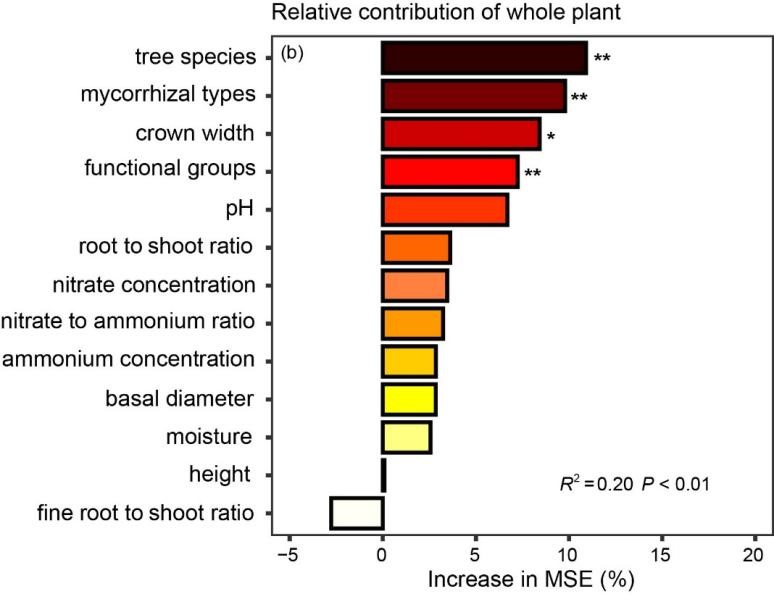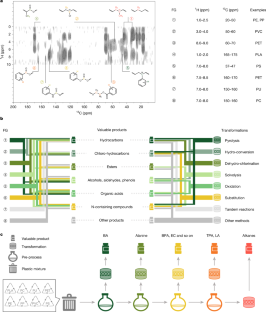2025-06-23 中国科学院(CAS)

Key factors influencing the nitrate uptake rate (%) in the seedlings of 10 tree species (Image by QU Yuying)
<関連情報>
- https://english.cas.cn/newsroom/research_news/earth/202506/t20250623_1046034.shtml
- https://academic.oup.com/jpe/advance-article/doi/10.1093/jpe/rtaf072/8141086?login=false
温帯広葉樹は針葉樹よりも硝酸塩を多く取り込むことが15N標識から明らかになったPaired 15N labeling reveals that temperate broadleaved tree species proportionally take up more nitrate than conifers
Yuying Qu , Feifei Zhu , Erik A Hobbie , Fangna Wang , Dong Liu , Kai Huang , Keping Sun , Zhanhan Hou , Weixing Zhu , Yunting Fang
Journal of Plant Ecology Published:23 May 2025
DOI:https://doi.org/10.1093/jpe/rtaf072
Abstract
Co-existing forest tree species associated with ectomycorrhizal (ECM) or arbuscular mycorrhizal (AM) fungi may have different nitrogen (N) acquisition strategies for various soil nitrogen (N) forms which can be difficult to determine under field conditions. Paired (ammonium/nitrate) 15N labeling to soils demonstrated that common conifers in Northeast China associated with ECM fungi took up more nitrate than ammonium. The N uptake strategy of co-existing broadleaved species, associated with either AM fungi or ECM fungi, remains to be determined. We conducted paired 15N labeling on seedlings of six common broadleaved species and four conifer species to reveal more nitrate uptake than ammonium by all ten species. Nitrate uptake contributed 49~83% (average 69%) to N uptake by these species, ranking in the order of AM broadleaved species (average 79%), ECM broadleaved species (average 70%) and ECM conifer species (average 60%). Random forest analysis suggested plant functional groups, mycorrhizal types and fine root to shoot ratios as important factors supporting the higher nitrate uptake by these species. Our results provided convincing evidence of substantial nitrate assimilation to different extents by common conifer and broadleaved tree species in Northeast China.



